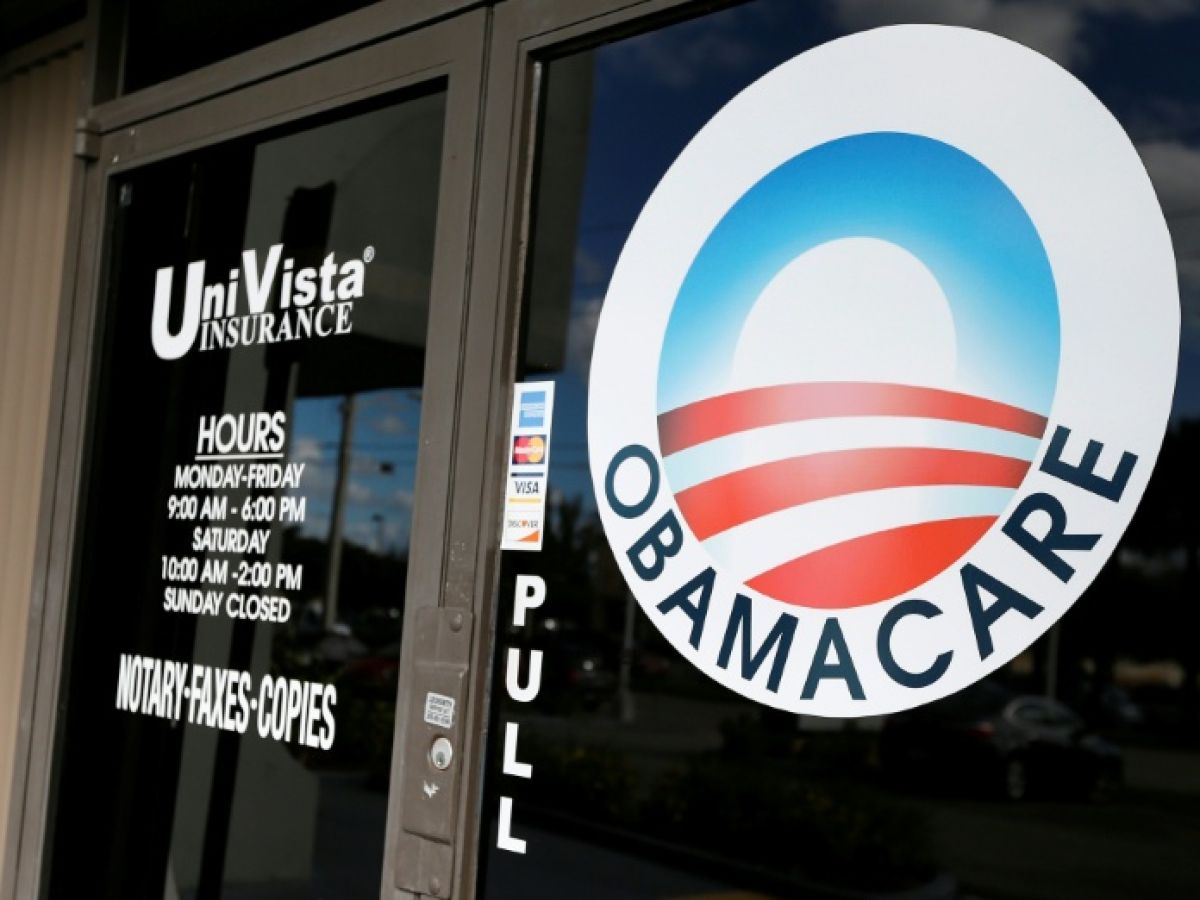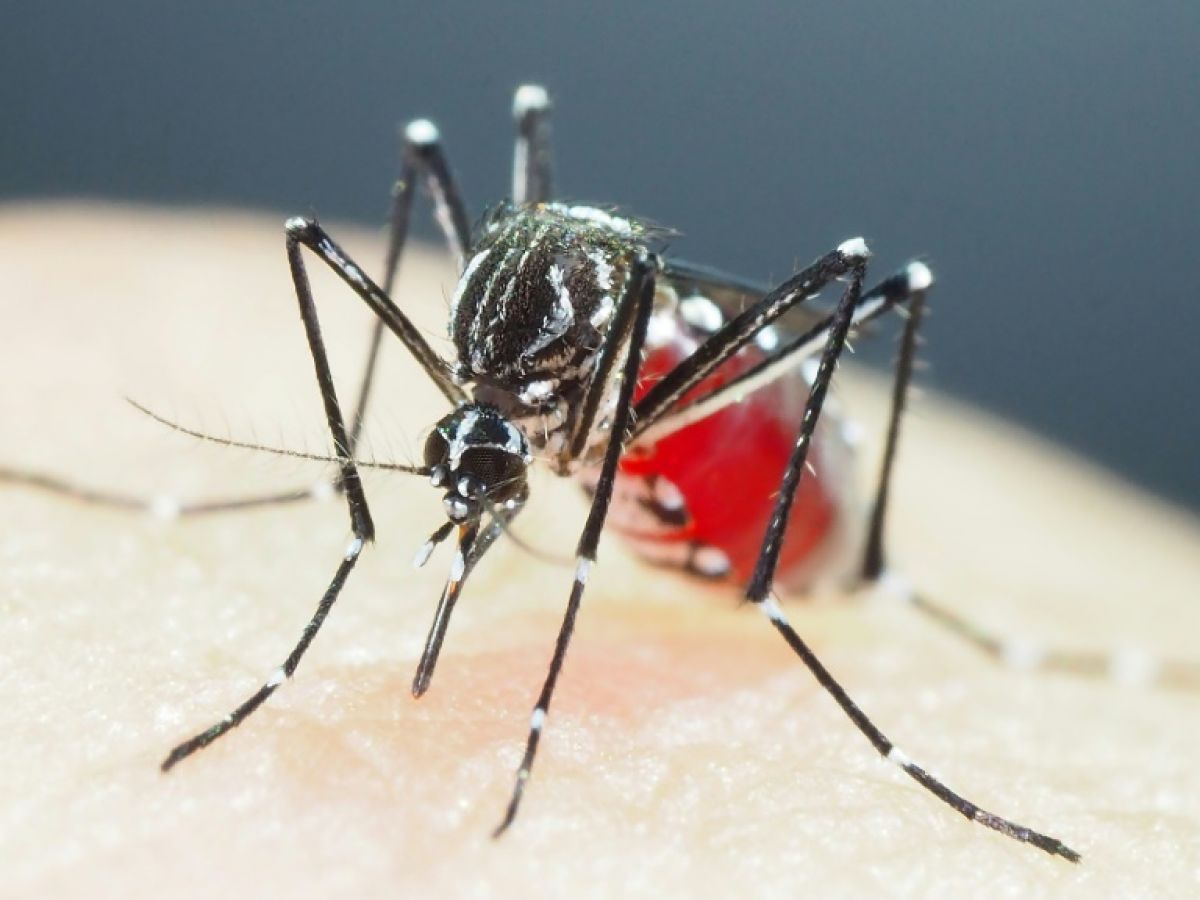"I went outside to cry on my porch." Rachel Mosley, a teacher in Florida, just learned that her family health insurance premiums would jump from $1,400 to nearly $4,000 a month in 2026. A dizzying leap linked to the expiration of government assistance.
"That represents a third of our income. I really don't see how we could pay for that," this mother of five told AFP, her voice hoarse.
Like more than 20 million middle-class Americans, she and her husband had until now benefited from assistance related to the public health insurance program "Obamacare".
But these are due to expire at the end of the year, with Donald Trump's Republican party refusing for the moment to negotiate their extension.
This issue is at the heart of the budget standoff between Republicans and Democrats that has paralyzed the US federal administration for a month.
As November 1st approaches, the date on which insurance renewals and registrations open, the households concerned have discovered with dismay the new rates.
– “To the nearest cent”

"It's maddening," says Audrey Horn, a young retiree from Nebraska who is panicking at the thought of her budget exploding.
Currently fully funded by the federal government, its contribution, which amounts to more than $1,740 per month, will exceed $2,430 in 2026, and its substantial subsidy is under threat.
"I watch our accounts down to the last cent," she says, explaining that she and her husband – who works in a small construction company where he is paid by the hour – do not have the financial capacity to absorb such an increase.
“We don’t have much (…). We live in a very small house. We drive very old cars,” she confides.
In the United States, only half of workers have health insurance through their employer; the others – employees of small businesses, self-employed individuals, or part-time workers – are largely covered by "Obamacare".
The program notably allows, through assistance, to "bridge the gap" between the exorbitant costs of health insurance in the country "and what people can actually afford," explains Mark Shepard, a health economist at Harvard University.
However, it is these subsidies, which were strengthened during the Covid-19 pandemic, that must decrease or even disappear, even though the cost of living continues to rise.
- " Burden " -
According to the KFF think tank, which specializes in health issues, a person paying the average cost of $888 in 2025 should therefore pay $1,906 in 2026.
A drastic increase that is expected to push four million Americans to forgo their health insurance, according to an estimate by the Congressional Budget Office.
This risks increasing mortality and constituting a "burden for the whole of society," warns economist Mark Shepard.
“When people are uninsured, they still get sick and tend to end up in the emergency room,” where they accumulate debts that can easily reach tens of thousands of dollars, he explains. And it is the hospitals and local communities “that end up bearing the cost of this care.”
"If I cancel our health insurance and I have to go to the hospital for a heart attack or stroke, how am I going to pay the bill? I really won't be able to," adds Rachel Mosley, who says she wants to avoid getting to that point at all costs.
The mother is all the more opposed to this idea as she narrowly escaped death last year during a sudden heart attack at the age of 45, when she thought she was in perfect health.
Faced with this impossible choice, she has contacted Republican senators in her state in recent days to urge them to reconsider their position, but has received no response.
On the other side of the country, Claire Hartley, owner of a yoga studio in California, did the same, but to urge her Democratic elected officials to "stand firm."
"The more people are aware of the reasons why prices are so high, the greater the chances" that things will change, says the woman whose membership fee could double on January 1st.


